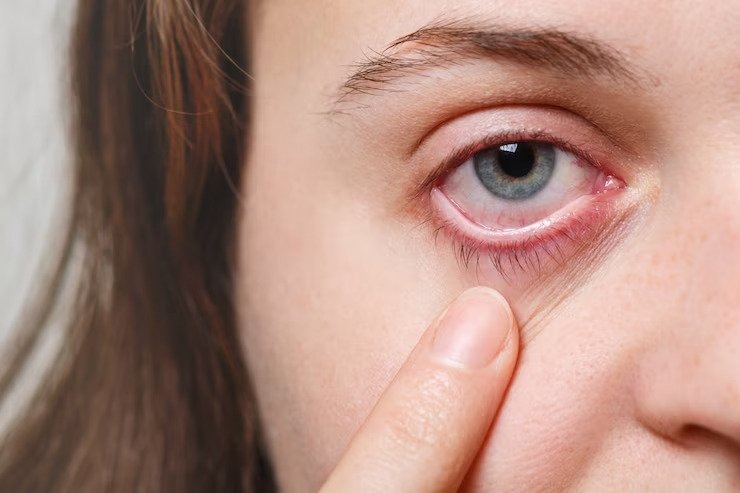Diabetic Retinopathy (DR) is a serious complication of diabetes that affects the eyes, potentially leading to vision impairment or even blindness. This blog aims to delve into the intricacies of Diabetic Retinopathy, examining its causes, symptoms, diagnosis, and available treatments. By understanding the impact of DR on eye health, individuals with diabetes can take proactive measures to preserve their vision.
Understanding Diabetic Retinopathy:

Diabetic Retinopathy is a condition that arises when prolonged high blood sugar levels damage the blood vessels in the retina, the light-sensitive tissue at the back of the eye. This damage can result in various eye problems, including swelling, leakage of blood and other fluids, and the growth of abnormal blood vessels.
Causes and Risk Factors:
The primary cause of Diabetic Retinopathy is diabetes, particularly when blood sugar levels are poorly controlled over an extended period. Additionally, several risk factors increase the likelihood of developing DR, such as the duration of diabetes, hypertension, high cholesterol, and pregnancy in women with diabetes.
Symptoms:
In its early stages, Diabetic Retinopathy may not exhibit noticeable symptoms. However, as the condition progresses, individuals may experience:
- Blurred or fluctuating vision
- Dark or empty areas in the vision
- Difficulty perceiving colors
- Vision loss
Regular Eye Exams and Diagnosis:
Early detection is crucial in managing Diabetic Retinopathy effectively. Diagnosing DR typically involves comprehensive eye exams conducted by an ophthalmologist. These exams may include dilating the pupils to allow for a more thorough examination of the retina, assessing visual acuity, and capturing images of the retina for closer analysis.
Impact on Eye Health:
The impact of Diabetic Retinopathy on eye health is profound, as the condition can lead to irreversible vision impairment or blindness if left untreated. The damage to blood vessels and the retina can result in macular edema, a condition where fluid accumulates in the macula, the central part of the retina responsible for sharp, straight-ahead vision.
Additionally, the growth of abnormal blood vessels, known as neovascularization, can cause complications such as vitreous hemorrhage, where blood leaks into the vitreous gel, clouding vision. Furthermore, these vessels may also lead to the formation of scar tissue, increasing the risk of retinal detachment.
Preventive Measures and Management:
While Diabetic Retinopathy may not be entirely preventable, there are steps individuals with diabetes can take to reduce the risk and manage the condition effectively:
- Strict Blood Sugar Control: Maintaining optimal blood sugar levels is crucial in preventing and managing Diabetic Retinopathy.
- Regular Eye Exams: Diabetics should undergo comprehensive eye exams at least once a year to detect any signs of DR in its early stages.
- Blood Pressure and Cholesterol Management: Controlling hypertension and managing cholesterol levels can significantly reduce the risk of developing DR.
- Lifestyle Modifications: Adopting a healthy lifestyle, including a balanced diet, regular exercise, and avoiding smoking, contributes to overall well-being and can positively impact eye health.
Diabetic Retinopathy poses a significant threat to eye health for individuals with diabetes, highlighting the importance of proactive management and regular eye examinations. By understanding the causes, symptoms, and risk factors associated with DR, individuals can take steps to mitigate its impact and preserve their vision. Through strict blood sugar control, diligent monitoring of blood pressure and cholesterol levels, and adopting a healthy lifestyle, the progression of Diabetic Retinopathy can be slowed or even prevented. Ultimately, early detection and timely intervention are key in minimizing the complications of DR and safeguarding eye health for those affected by diabetes.
